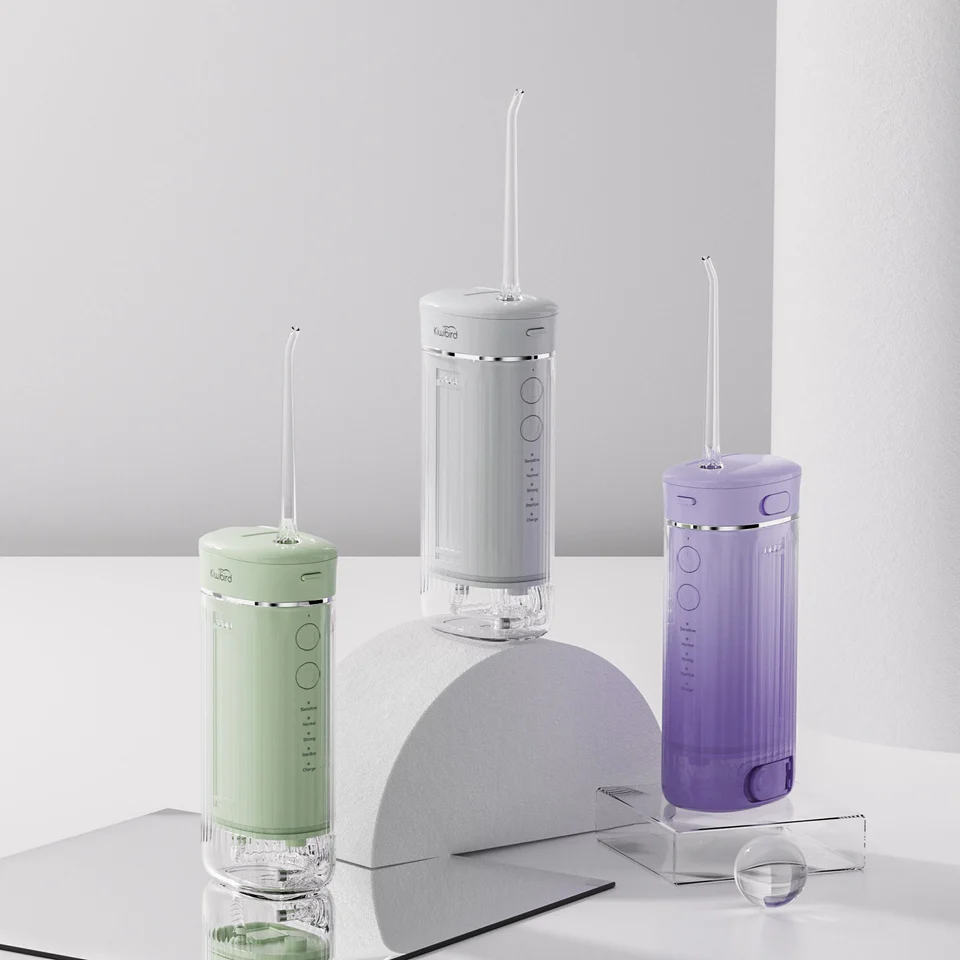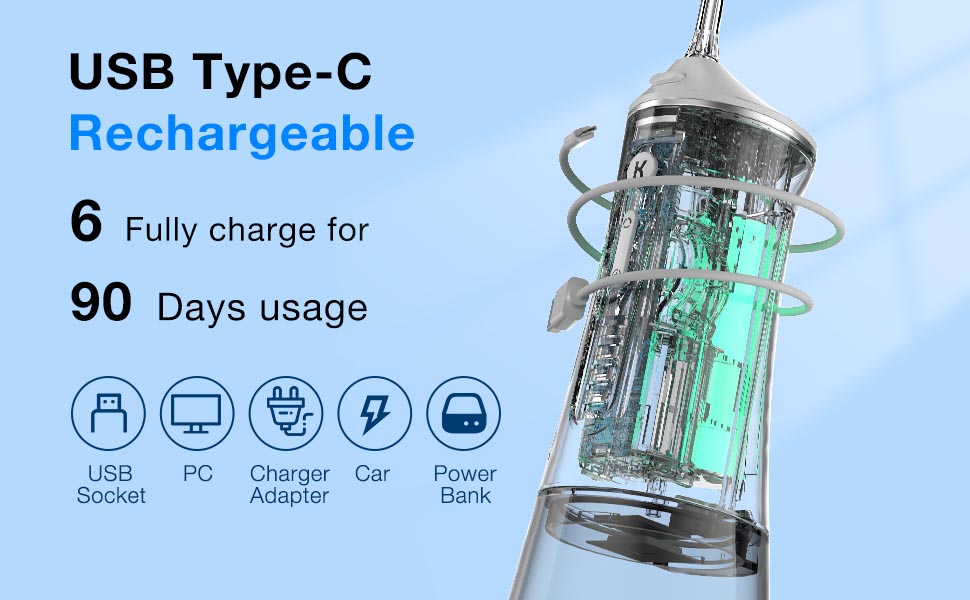In today’s competitive oral care market, selecting the right oral hygiene tools is critical—not just for consumers, but also for oral care product brands looking to meet evolving needs. Among the most discussed topics is the ongoing debate: dental floss and water flosser. For brands sourcing products or working with manufacturers, understanding the dental floss comparison from both a clinical and consumer usability perspective is essential.This blog provides a structured analysis to help oral care brands and OEMs make informed decisions when planning product lines or partnering with factories.
Traditional dental floss has long been considered a staple in oral hygiene. Its benefits include:
Direct plaque scraping: Flossing between teeth with physical string removes plaque from surfaces where toothbrushes can’t reach.
Cost-effective and portable: It’s low-cost and easy to carry, making it accessible to all users.
However, traditional floss has several drawbacks that modern consumers increasingly note:
Difficult technique: Many users struggle with proper flossing technique, reducing effectiveness.
Inconvenience: It can be time-consuming and uncomfortable, especially for those with tightly spaced teeth or dental work like braces.
Gum sensitivity: Incorrect usage can lead to gum cuts or bleeding, particularly among first-time users.
As a result, many consumers are open to more comfortable alternatives—a trend manufacturers should monitor.
Water flossers, also known as oral irrigators, use pulsating water streams to clean between teeth and along the gumline. Their benefits include:
Ease of use: Ideal for users with braces, implants, or limited dexterity.
Comfort: Gentle on gums and non-invasive, reducing the risk of bleeding or injury.
Broader appeal: Seen as a high-tech solution, water flossers appeal to younger, health-conscious consumers.
However, the device also has downsides to consider:
Higher cost: Compared to string floss, water flossers are more expensive to produce and purchase.
Less portable: Most models require power and water, making them less convenient for travel.
Learning curve: Some users find initial use messy or challenging.
From a manufacturing standpoint, this product category presents a higher margin but also requires more technical capabilities.
.jpg)

When it comes to plaque removal effectiveness, both tools have merits:
Traditional floss excels in scraping plaque off tooth surfaces with direct contact.
Water flossers are particularly effective in flushing out bacteria and food particles from gum pockets and hard-to-reach areas.
According to several clinical studies, water flossers can reduce gingival bleeding and inflammation more effectively than traditional floss in certain populations. This is a key selling point for brands targeting users with periodontal sensitivity.
Understanding the dental floss comparison is crucial for brands developing new products or expanding into different market segments. Some key strategic takeaways:
Traditional floss remains relevant in low-cost or travel-friendly product lines.
Water flossers present an opportunity in premium categories, especially when bundled with electric toothbrushes.
Offering both options allows brands to serve a broader demographic and meet varying oral care needs.
For brand owners, selecting the right OEM or ODM factory partner that can deliver both traditional floss and electronic water flosser solutions is vital to long-term product strategy.
In the debate of dental floss and water flosser, there is no absolute winner—only a matter of matching the right product to the right customer. From a manufacturing and branding perspective, both tools have their place in a comprehensive oral hygiene lineup.
By understanding the pros and cons of each, and aligning them with consumer expectations, oral care brands can make strategic decisions in product development and supply chain partnerships. Whether your focus is innovation, affordability, or clinical performance, leveraging the right oral hygiene tools will directly impact customer satisfaction and market success.
How Does Portability Enhance Allergen Detection?
Can You Tolerate Brush Head Wobble with Battery Swelling?

The Revolutionary Impact of Gravity Ball Design on Water Flosser Performance
Light Burns Cause Bite Misalignment? Whitener Safety Controversy!
.jpg)
Is There a Promising Future in Expanding the Children’s Oral Irrigator Category?
.jpg)
Can a Houston graduation care package include a premium toothbrush?
Seal Degradation Plus Battery Swelling – Safety Risk?

What Are the World-Famous Teeth Whitening Brands?
Is Handle Slippage Causing Your Motor Overheating Crisis?

Can sensitive toothpaste reverse gum recession?

Is a Texas travel toothbrush with a Texas tax-free advantage — worth it?

Sonic Toothbrush and Internationally Certified

Does a Water Flosser Require Regular Maintenance? How Should It Be Cleaned?
Pulp Inflammation After Periodontal Pocket Deepening – Emergency?

Oral Care Products CPSR Material List: Ensuring Safety and Compliance

Is it normal to bleed when using a water flosser for the first time?

electric toothbrush heads Ultra Soft

Customization Teeth Whitening Gel

Private Label Whitening Gel

Electric toothbrush heads Charcoal Infused-Diamond

electric toothbrush heads Deep Clean
.jpg)
Florida Electric Toothbrush – Powsmart PTR-C8

electric toothbrush heads Regular Clean

electric toothbrush heads Charcoal Infuse-Round
whstapp
whstapp
National Toll-Free Service Hotline
+86 755 86238638